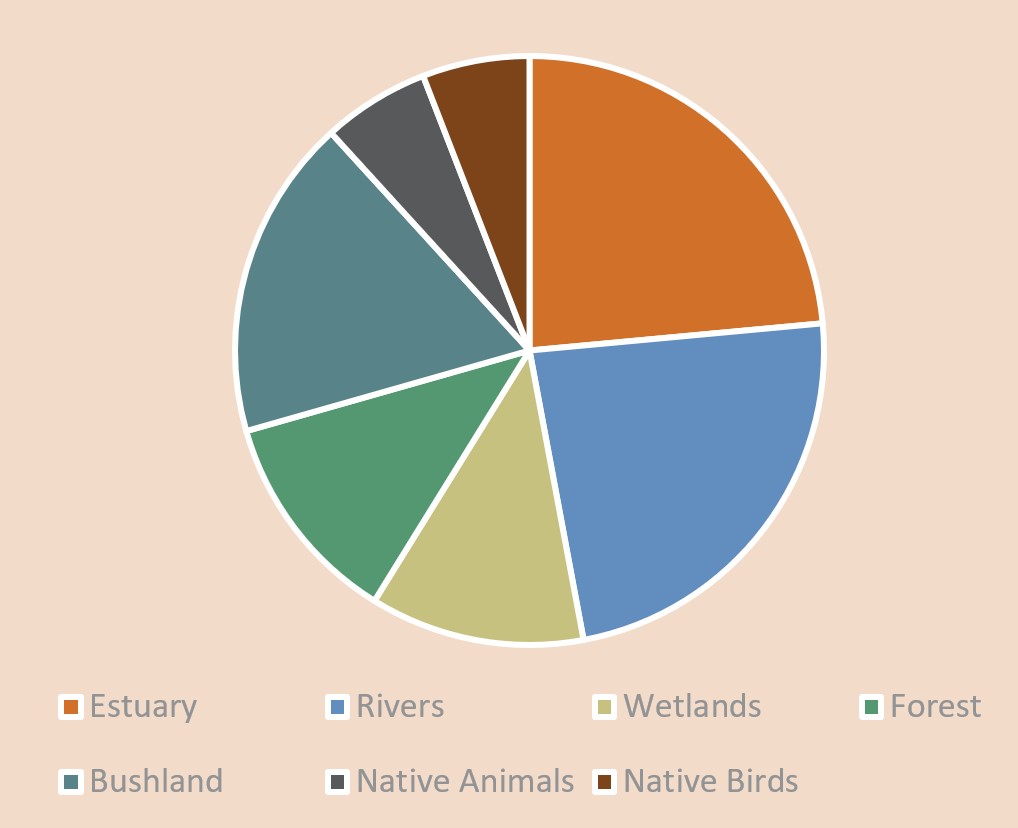Community Aspirations
Developing the Plan with our Community
Our Bindjareb Boodja Landscapes Strategy has been developed in close consultation with our community to ensure that their aspirations for our patch are understood and prioritized. Technical information and sound knowledge and evidence underpins our work to support these aspirations, which vary across our four (4) subsystems, highlighting the need to understand community’s differences across our catchment.
Our first Strategy involved a wide and detailed consultation process, analysing existing information, holding workshops to gather information and a catchment wide roadshow to ensure that we got out on-country and listened to our community. From this process we developed a hierarchical Framework of Objectives for our 1) People, (2) Biophysical/Catchment and (3) Knowledge. Under each of these are Goals, Strategies and Activities. This structure has served us well and has been retained.
This revised Strategy builds on this consultation and importantly draws on the detailed consultation processes across the last six (6) years, resulting in key plans such as the Wetlands and People Plan, The Peel-Yalgorup Ramsar Site Management Plan, River Action Plans and more. An online survey provided a further opportunity for input and guided changes in response to that feedback. Analysis of relevant information generated by the PHCC and others has further informed and/or reconfirmed aspirations and priorities. A timeline of our process to capture community aspirations is shown below. Further feedback from this NRM plan will be captured to help guide further management actions.
Below are the key aspirations of our community, including our Indigenous community.
NRM and the Peel-Harvey Community
The PHCC defines the community in broad terms as all individuals and groups who have a stake in the Region, including all levels of government, businesses, industries, NGOs, Aboriginal groups, land owners, farmers, residents, community groups, media etc. Most sectors of the Peel-Harvey Community are involved in NRM in one way or another. The PHCC works with many of these sectors, as appropriate to the project and NRM issue.
Successful delivery of this Strategy will require all of these groups in the community to become even more actively involved in NRM:
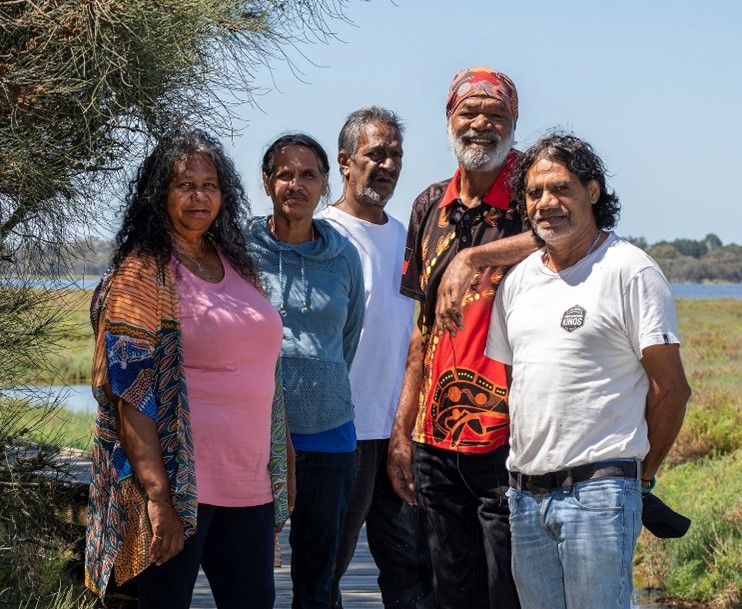
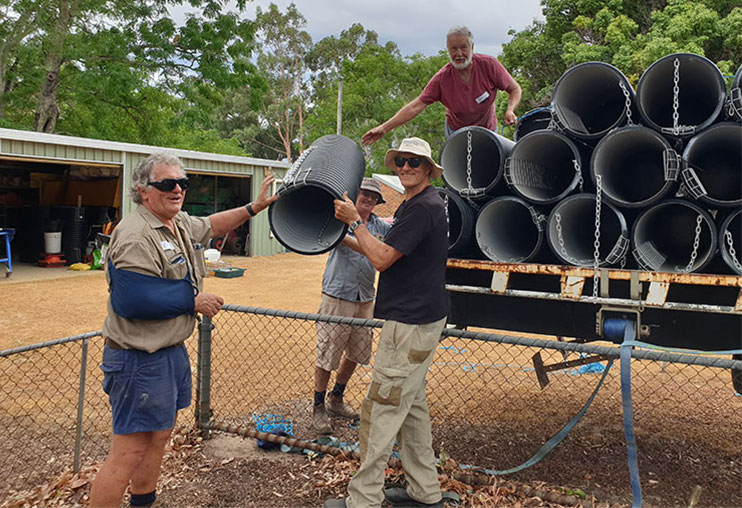
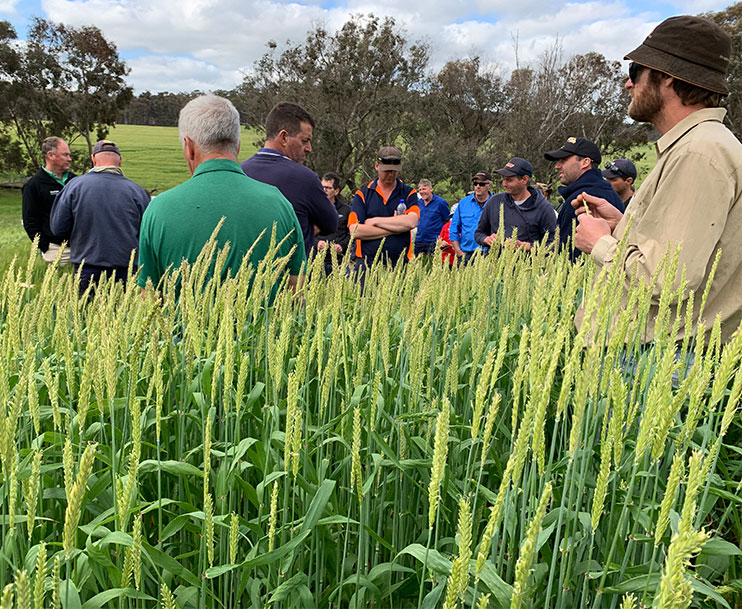
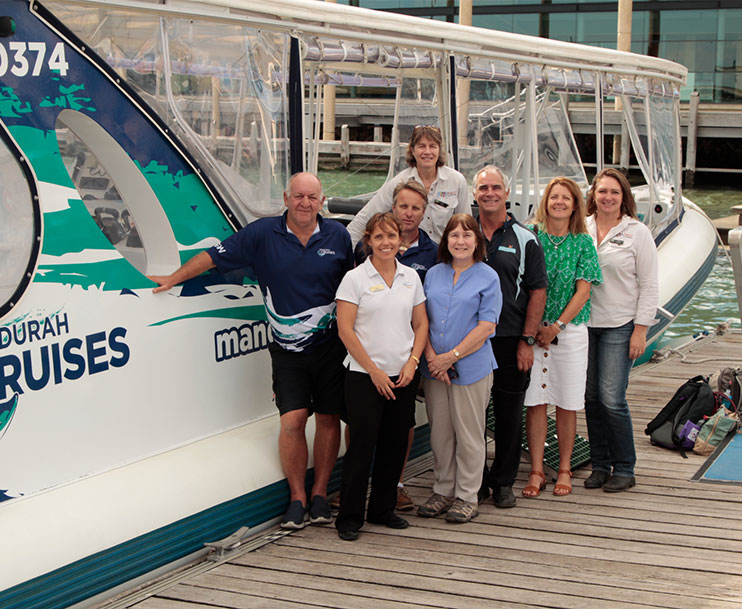
Our Aboriginal Community – we recognise, acknowledge and respect that the Noongar People are the Traditional Owners of lands within the south-west of Western Australia including the Peel-Harvey Region. For tens of thousands of years Noongar People of the Bindjareb, Whadjuk, Willman and Gnaala Karla Boodja dialect groups have dwelt here, tended the land and been sustained by its natural resources. Their spiritual, cultural and intellectual connections to the land are strong and provide great opportunities to enhance management of the Region’s natural resources.
The PHCC works with the South West Land and Sea Council (SWALSC) and our local communities to strengthen partnerships, foster a greater understanding of cultural values, and identify with the community the opportunities that lead to working on country. The PHCC consults and engages with SWALSC and the local communities from the project planning stage to the implementation of onground works. This approach has been used in the successful delivery of projects, and will continue supported by the new MOU’s with our communities, our revised Noongar Participation Plan and the Bindjareb Gabi Wonga Framework.
Our Landcare Community – Many landcare, “Friends of” and other community groups make an invaluable contribution to NRM in the Peel-Harvey. We have direct and ongoing relationships with many of them and we are happy to see that with support, some more ‘dormant’ groups have been reinvigorated into new or increased actions. We are also pleased to now have a Recognised Biosecurity Group covering the Peel Region. These groups, mostly volunteers, also play an important role in working with other community sectors, including government and local businesses, to implement on-ground projects and other NRM activities. The activities of these groups are many and varied. Most carry out both on-ground and capacity-building activities with their local communities. We continue to support groups wherever we have capacity to do so, from auspicing and/or sponsoring to technical support, shared resources, mentoring and similar. We aspire to see the capacity of our groups continue to grow, there is much to do, we need to work together if we are to meet our vision.
Growers and Industry – Farmers, growers and related groups are the managers of most of the freehold lands in the Catchment. Most of the Hotham-Williams subsystem is used for cereal cropping and grazing and much of the Coastal Plain subsystem is used for grazing, dairies, intensive animal keeping, nurseries, horticulture and keeping of horses. Many of these land managers implement sound NRM practices as part of the overall management of their operations. The Land Conservation District Committees in our Region were some of the first established in the State in the late 1980s. These groups cover large areas of our catchment. The majority of their members are farmers, along with industry and local government representative. They have a long history of participation in natural resource management. They were active before the term “landcare” was coined and remain active and key links for the PHCC with the farming community.
During our consultation with grower groups and other land-based groups, it has been made clear that they are keen to receive assistance to trial new and innovative land management practices and protect natural resources.
Government – The Australian, Western Australian and local governments play a variety of roles in NRM, all recognised under this Strategy. These include:
- Enacting legislation on NRM matters, including the protection and wise use of natural resources
- Implementation of policy and initiatives which provide direction to land managers on how natural resources are to be used, managed or protected
- Funding Regional NRM and local NRM initiatives
- Land management and on-ground services
- Land use planning
Through all of these roles, governments and their agencies influence NRM practices and outcomes in the Region. Working closely with these group, enables NRM outcomes to be considered in their core business
Community Survey (Strategy Review)
A survey seeking community input was distributed, as detailed below:
| Action – A Community Survey was… | Date – 2019 |
| Distributed through PHCC’s e-newsletter Wattle & Quoll (285 Recipients) | June |
| Added to PHCC website | June |
| Distributed through Mail Chimp as an individual campaign (285 Recipients) | June |
| Emailed to 34 additional recipients who provided input into our original Strategy | June |
| Distributed through Wattle & Quoll (311 Recipients) | August |
| Distributed through Wattle & Quoll (336 Recipients) | October |
| Distributed through Wattle & Quoll (346 Recipients) | December |
Our Community was asked:
- To identify their most highly valued natural asset
- To prioritise actions with respect for the environment
- To prioritise actions with respect to agricultural/farmlands
- If they supported the Objectives and Goals within Binjareb Boodja Landscapes V1
- To review activities listed and recommend if each should be kept, modified or removed.
Matters raised through the formal consultation process were analysed against Regional NRM Priorities. Goals, Strategies and Activities were added, removed or amended as part of the review.
What our Community is telling us….
Most highly valued natural asset
Priority actions for the environment:
- Habitat protection and enhancement
- Engage and support community and landholders for environmental action
- Improve condition and water quality in waterways, drains and river systems
- Support sustainable agriculture practices to improve landscape resilience and farm productivity
- Reduce impact on natural environments by protecting and restoring remnant vegetation and waterways
- Increase education and awareness of farming constraints, including zoning issues, biosecurity and water-use
Event Evaluations
Wherever possible, participants are surveyed at each event. This is key to ensuring we evaluate the effectiveness of each event and whether the aspirations of our community are being met. These evaluations are invaluable as we are able to obtain statistics on relevance of topics, regular attendees, new attendees and best means of contact. The results of these surveys are used to inform planning for future events and ensure we adapt to the needs of our community.
“I love it! Bringing all the stakeholders together and communicating their interest area and making sure they are addressed for a sustainable ecosystem and community engagement.”
~ SHARE attendee ~
~ Youth on Leadership group member ~

Agriculture Workshop
A full day workshop was held with the PHCC Agriculture Steering Committee Members, PHCC Ag Team and targeted farmers in November 2020.
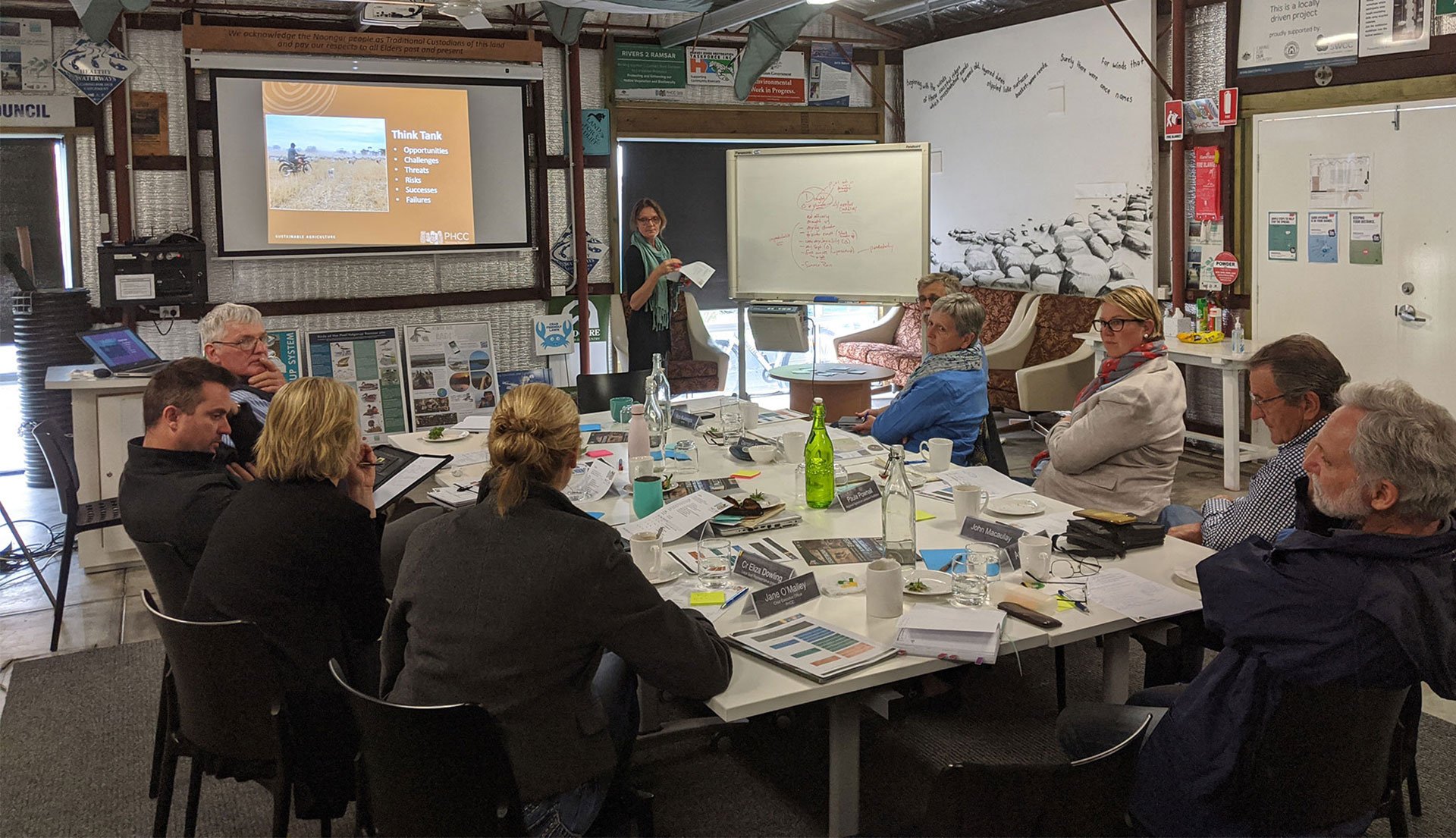
Strategic Community Plans (Local Government)
Strategic Community Plans (SCP) are a requirement under the Local Government Act 1995 (WA) and are designed to align community aspirations with long term Local Government strategies and resourcing. During the preparation/and or review of their SCP, each local government consulted widely with their community. The SCPs reflect current local community priorities and we have included these in our consultation process as they provide a thorough method of capturing the issues of importance to each local community in the Region.
Each SCP (current at August 2020) was reviewed by PHCC and actions that were directly or strongly linked to NRM were recorded. These have been compiled and are shown in the chart below.
Resources, Contacts and Assets
New sections to our Strategy include detailed resources, contacts, interactive maps and lists of our natural assets. These have been included to ensure that people have an understanding and access to community groups that they may wish to be involved with, easy access to resources relevant to our different subsystems and/or topics, interactive maps and information on our flora and fauna species. All this information can be easily updated and/or added to. We hope that by adding these sections, our strategy will be more informative and a greater resource across our community.
Our previous Strategy includes a Regional Natural Assets Register. The register is a listing of the major biophysical natural assets in the Region categorised under terrestrial biodiversity, aquatic biodiversity, water resources, land, and Aboriginal culture. This Register is included in Appendix D of the Strategy. The register also lists threats to each asset class and will be used as part of the process to plan priority projects for investment (Section 11).
More Information
If you would like more information on our community and their aspirations for natural resource management, you can view the following historical documents that captures community consultation, including:


